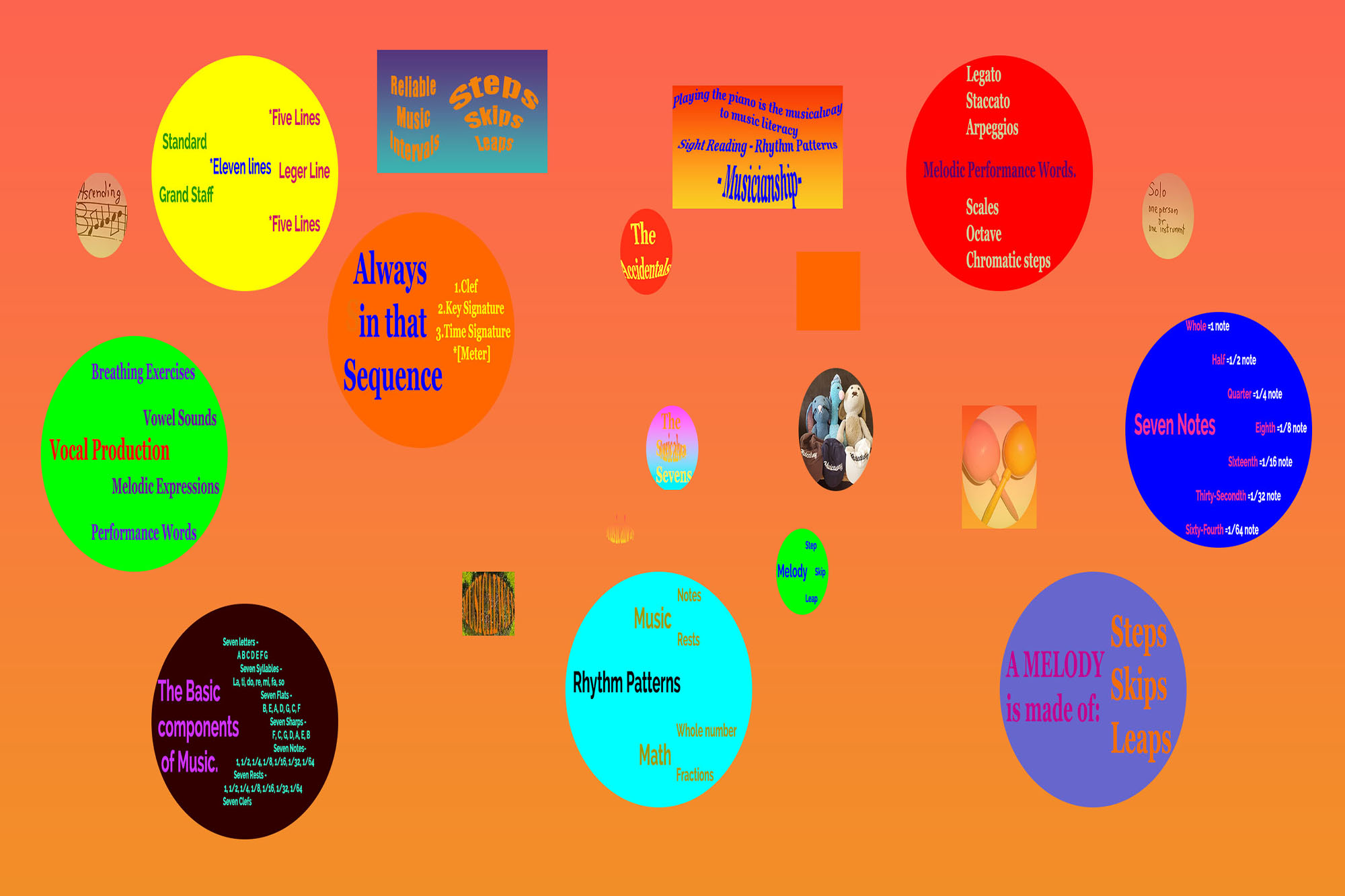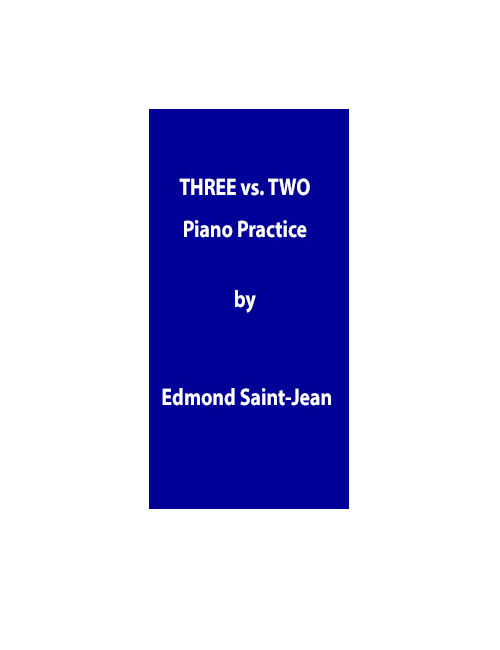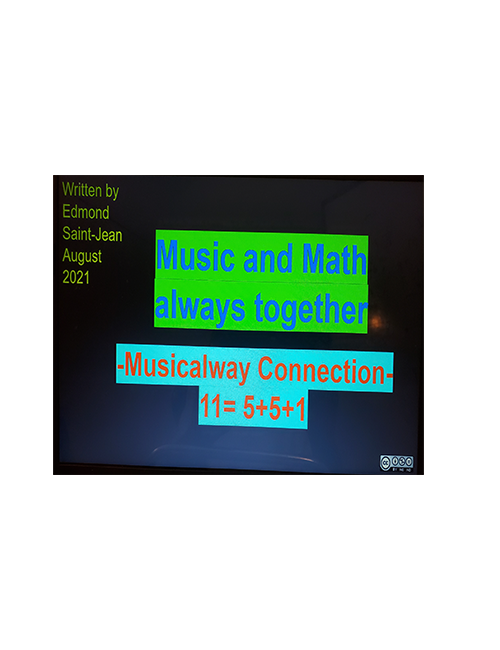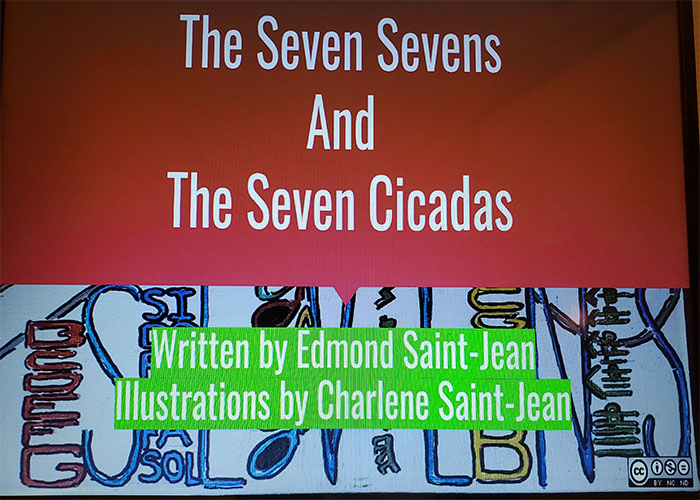Music literacy as stated involves the universal skills of interpreting, describing, writing, and reading a great deal of symbols unique to a specific form of communication. The latter can be verbal, sign language, singing, dancing, acting and playing musical instruments. Music literacy specifically refers to sight-reading, creating, new sounds using the unique musical symbols.
“Music literacy is a universal tool that helps bridge the gap between language arts, mathematics, speech, interpretation and description of human social interaction in ways that are uniquely inviting and inclusive to all learners.”
Music literacy, when introduced to a child at an early age, speeds up the acquisition of vocabulary words, full sentences, and quick understanding of various symbols that constitute the backbone of every language. For instance, introducing pre-kindergarten and kindergarten to children’s musicals increases the ability of every child to become fluent, acquire new vocabulary words and develop the ability to speak with complete sentences quickly.
Music literacy the Musicalway in early childhood
Musicalway is a hands-on approach to teaching vocal music, instrumental, and music theory. Music literacy introduces vocabulary words that describe, identify, various musical symbols and explain their functions and interconnectivity. The hand on approach to vocabulary words, can also be transferred to other academic disciplines for better emphasis on comparative learning.
Musicalway uses many learning styles to accommodate all learners the best possible ways. Many learners are verbal and social. I use keyword like legato, staccato, arpeggios and many more. They can write and repeat the words as they connect speech and writing to their musical skills. Other learning process work when the learner is part of a small group and can explain what they understand by a given word.
Musicalway explore different learning styles
Musicalway also demonstrate as much knowledge of students’ learning styles as possible to encourage all learners to be brave and to challenge themselves. Many learners are logical/mathematical, solitary, and others are musical/auditory, visual, theatrical. My example will give you a hint for each styles. When I introduce vocalization and solfège to my students the do the following: repeat, spell and write new words, sing and use hand signs to identify the pitch and the direction of the sound being ascending, descending and/or the same.





Leave A Comment
You must be logged in to post a comment.